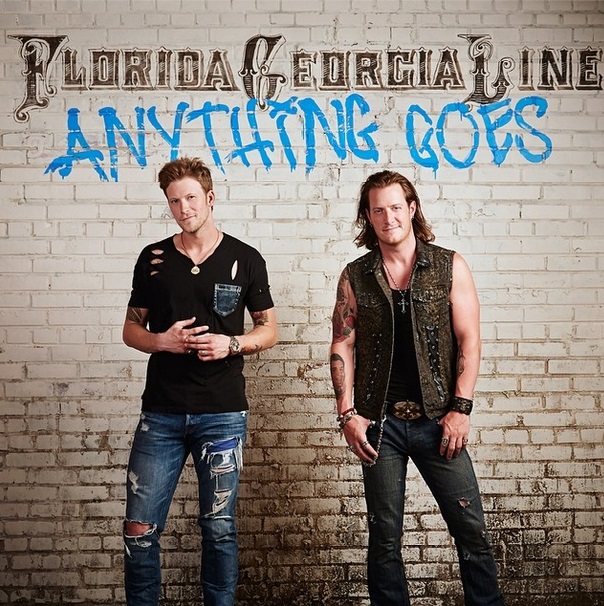Next time you’re out (single guys), I want you to say this to a girl:
“Hey, beau-TI-ful girl, what are you do-ING la-TER? wa-NNA go to the luke bry-AN con-CERT?”
Try saying that out loud, with the emphasis I’ve given. Totally unnatural, right? (No, I don’t mean the part about going to a Luke Bryan concert- I meant the syllables.) I don’t care if you even have backstage passes, the girl is going to say, “No way, dude- you sound like an alien robot.”
If this fails so miserably, why do we sometimes write songs that talk like this?
A big part of successful songwriting is the ability to write lyrics that fit naturally into your melody. If you want your song to be singable, you want the emphases of your melody and the emphasis of the syllables in your words to match up. Here’s an example:
The word “moment” naturally has more emphasis on the 1st syllable and less emphasis on the 2nd syllable. You naturally say it like “MO-ment.” You don’t say “mo-MENT.” Likewise, the word, “daughter” also has it’s natural emphasis on the 1st syllable. “DAUGH-ter,” not “daugh-TER.”
Your melody also has certain notes or beats that it emphasizes. So if you’re writing a line with the word “moment” in it, you want to be certain that the melody doesn’t make you sing it “mo-MENT.” You want it to sing like you’d actually say it in real life: “MO-ment.”
If you’re writing a line with he word “daughter” in it, you want to be certain that the melody doesn’t make you sing it “daugh-TER.” You want to sing it like you’d actually say it in real life: “DAUGH-ter.”
If you run into this conflict, I suggest that you either adjust your melody or replace “moment” or “daughter” with a word that sings better.
I’ve used the words “moment” and “daughter” as examples, but this holds true for any word. You want to get the syllable emphasis right on every word in your song. If you don’t get it right, here are at least two things that can go wrong:
It’s harder for a singer to remember your song.
When your syllable emphasis and melodic emphasis don’t compliment each other, one part of your singer’s brain will be trying to say the words normally (“MO-ment”) because that’s how he’s said it his whole life. But the other part of his brain is trying to sing the melody correctly (“mo-MENT”). It’s unnatural, and so it’s harder to learn. If he has trouble learning it, he just may not cut it. He’ll cut something that’s easier to remember.
It’s a speed bump for the listener.
The A&R rep, publisher or audience member is grooving along with your song, everything is fine… then you hit “daugh-TER.” It sticks out like a sore thumb- in a bad way. Unless it’s somehow your gimmick and you do it enough where it’s a “thing” and you make it cool… it just sounds like a rookie mistake.
You want your words to sing naturally and conversationally. You want your lyrics to flow naturally over the tongue so they flow believably into the ears.
So, if you remember nothing else from this post, remember this:
Don’t be an alien robot. They don’t get the girl… and they almost never get a hit.
Today, I also want to let you know about a course I’ve put together to really boost your songwriting. It’s called, “Use Imagery To Supercharge Your Songwriting (Like The Pros Do)” and it’s available now!
The course guides you as you learn to:
- Effectively use both literal and figurative imagery.
- Make your story come to life using imagery.
- Prove your character’s personality using imagery.
- Make your listener connect to your character’s emotions using imagery.
- Hook your listener in the song’s first few lines using imagery.
- And begin more songs (more easily) using imagery exercises as the start of your songwriting process.
And since we’re all songwriters, that means you might not have the means to pay for the full course right now. Not to worry. I’ve made three packages of the course available. Each one has great, helpful content. Just choose the one that works best for you by CLICKING HERE.
And there is an upcoming LIVE imagery workshop on Tuesday, May 17. Not only does it come with all the course materials, I’ll be there to answer your questions and walk you through some great material not covered in the course!
If you’re ready to “Use Imagery To Supercharge Your Songwriting (Like The Pros Do)” CLICK HERE or on the image below.
God Bless and Enjoy the Journey,
Brent











